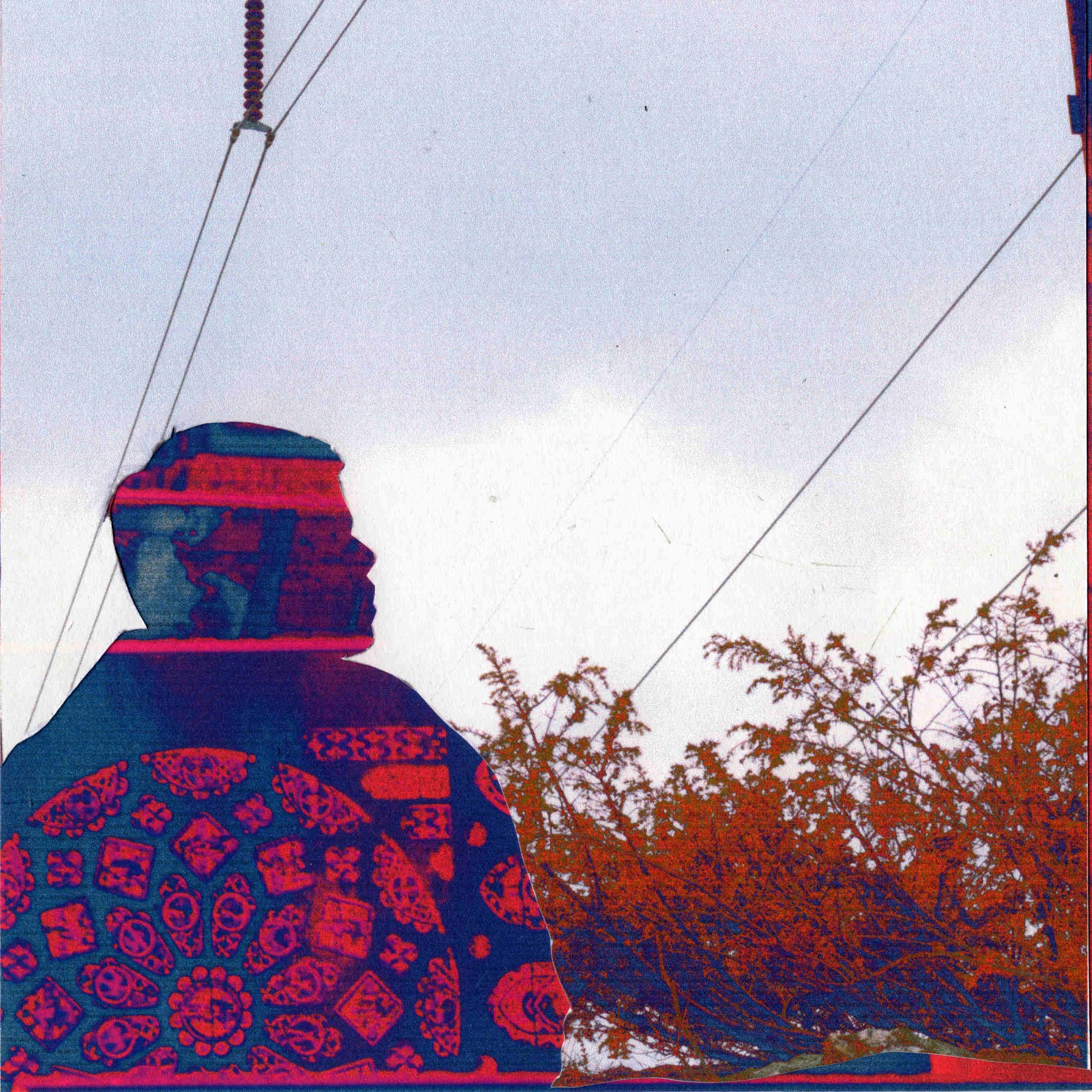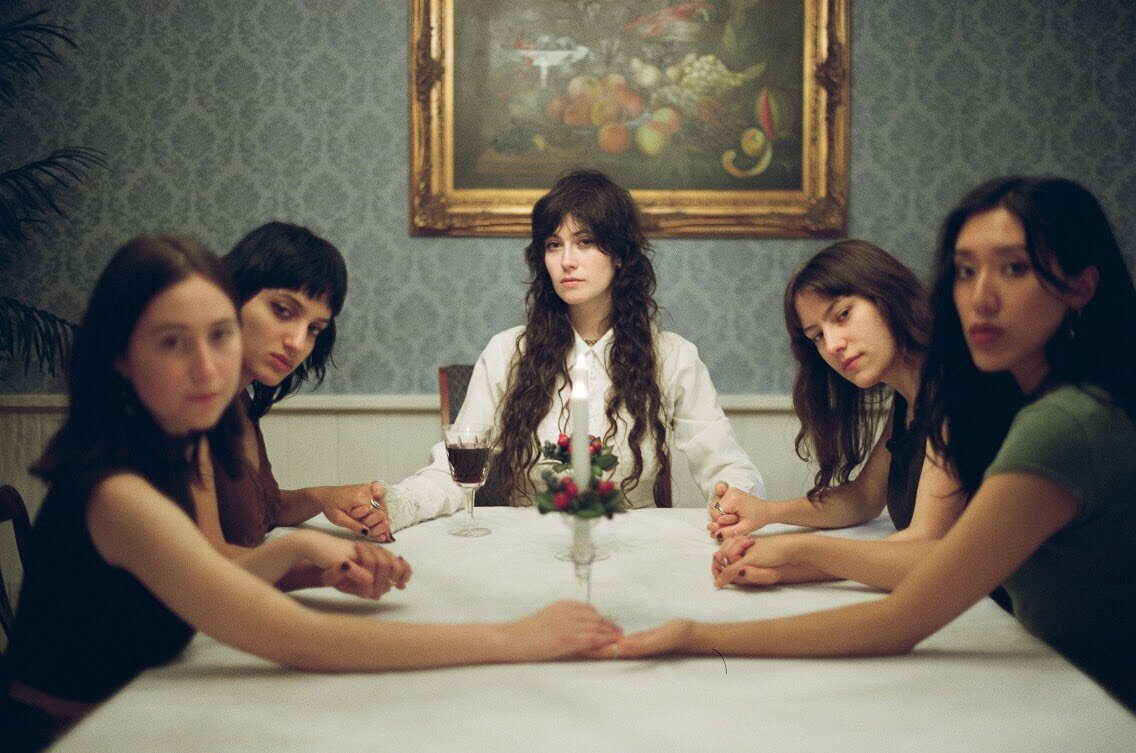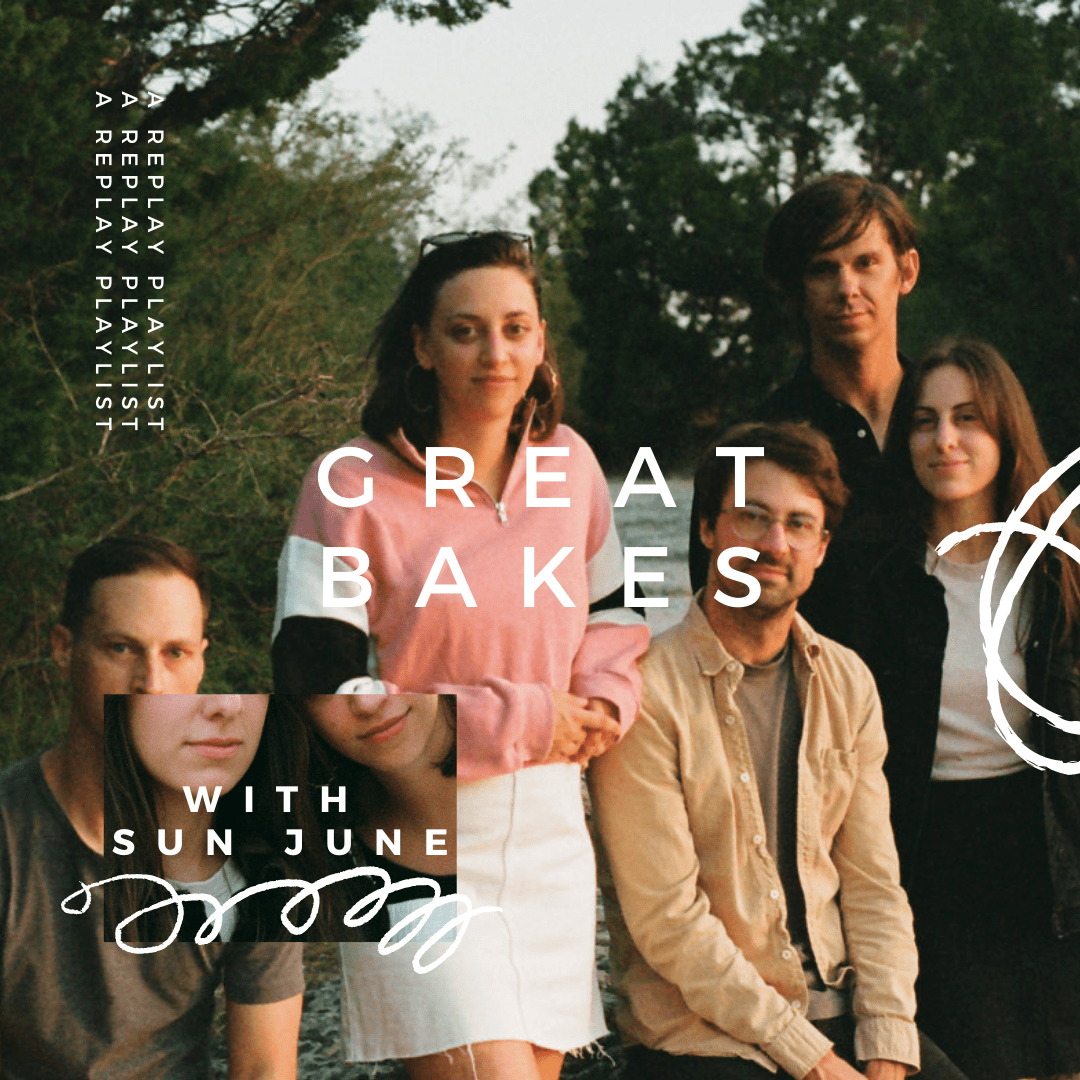Musicians don't always stick to music; often, musicians are "multipotentialites," as in, people with multiple creative pursuits. To learn more about the different passion projects our favorite musicians find comfort in, we turned to Jasmine Golestaneh from the NYC darkwave duo Tempers to talk about her collage work.
I’m working on a collage series to accompany a new album I’m writing, translating each song into visual form. I make collages by hand, using scissors, glue, and the city’s discounted book refuse. My favorite place to find source material is Strand Bookstore.
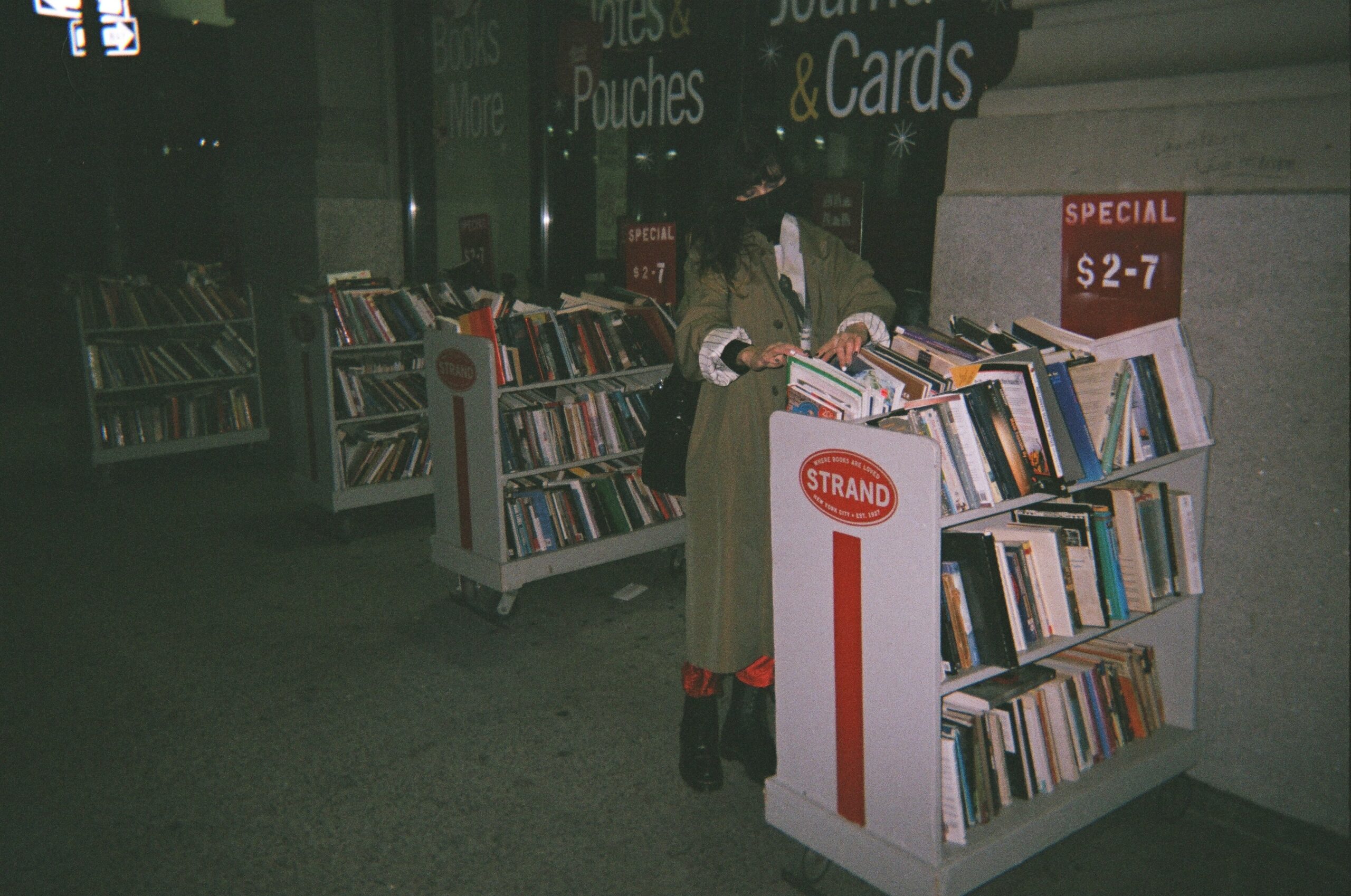
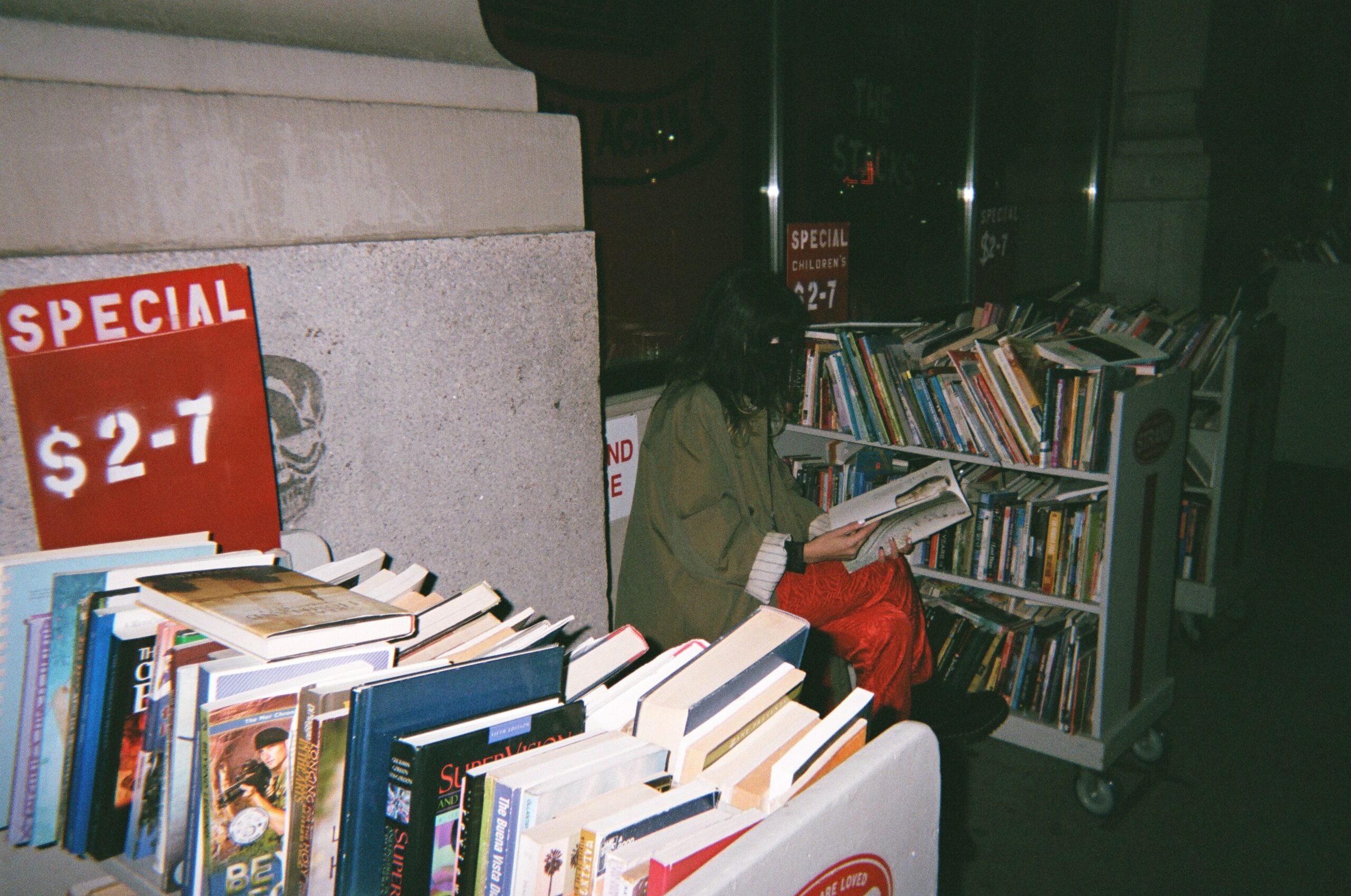
Framing the building are endless trollies of the most random books you can imagine, all sitting side by side: European castles, glass animals, volcanoes, a fish cleaning manual, airline design, the cooking of Vienna’s empire.
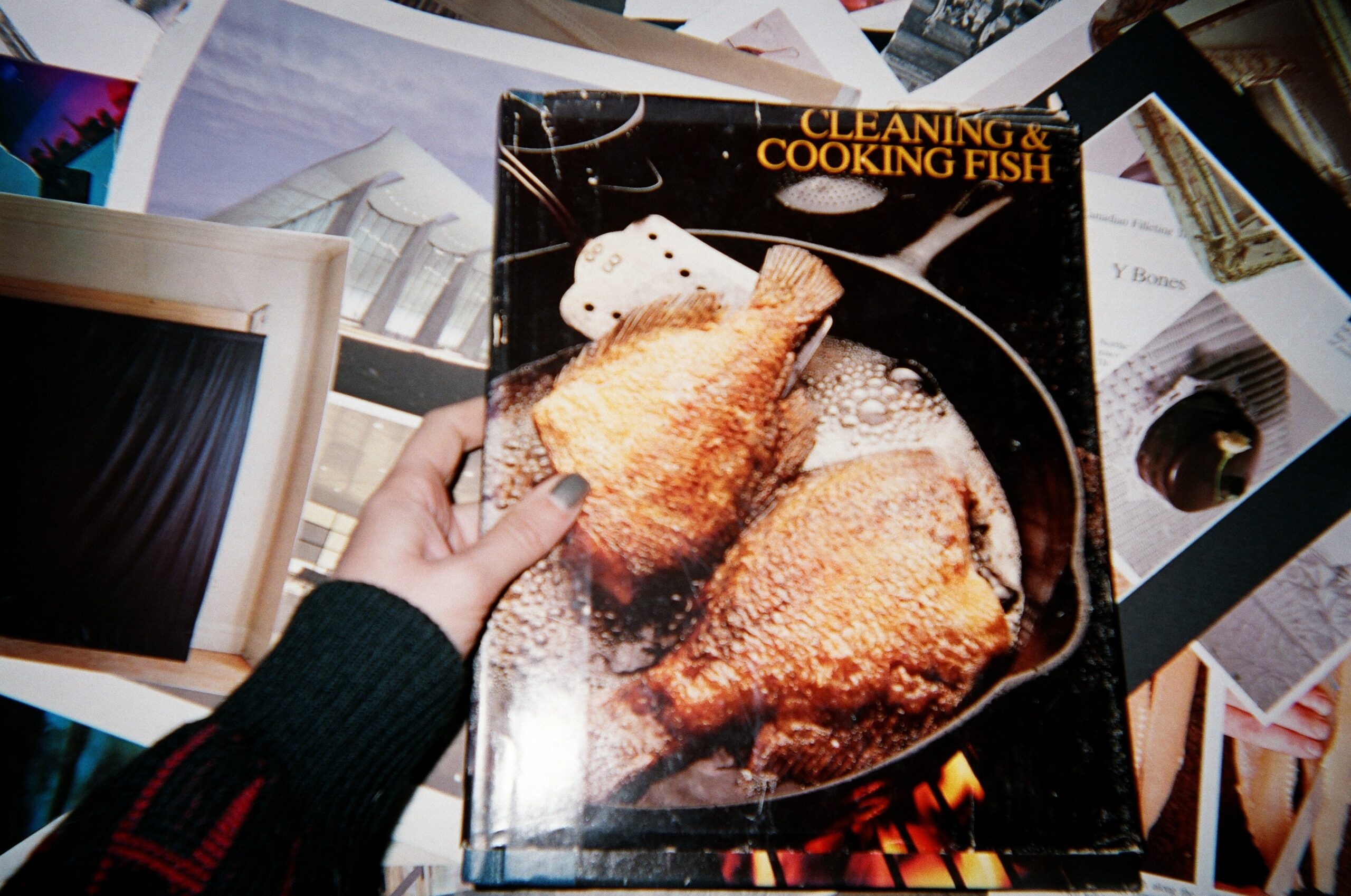
Most of the books are from the ’70s, ’80s, or ’90s, so the images have an interesting color saturation or paper texture, and I get to be a historian of the banal. Who cares about flower arrangement in 1983? I do, and I’m curious to find a way of repurposing that kind of incidental history.
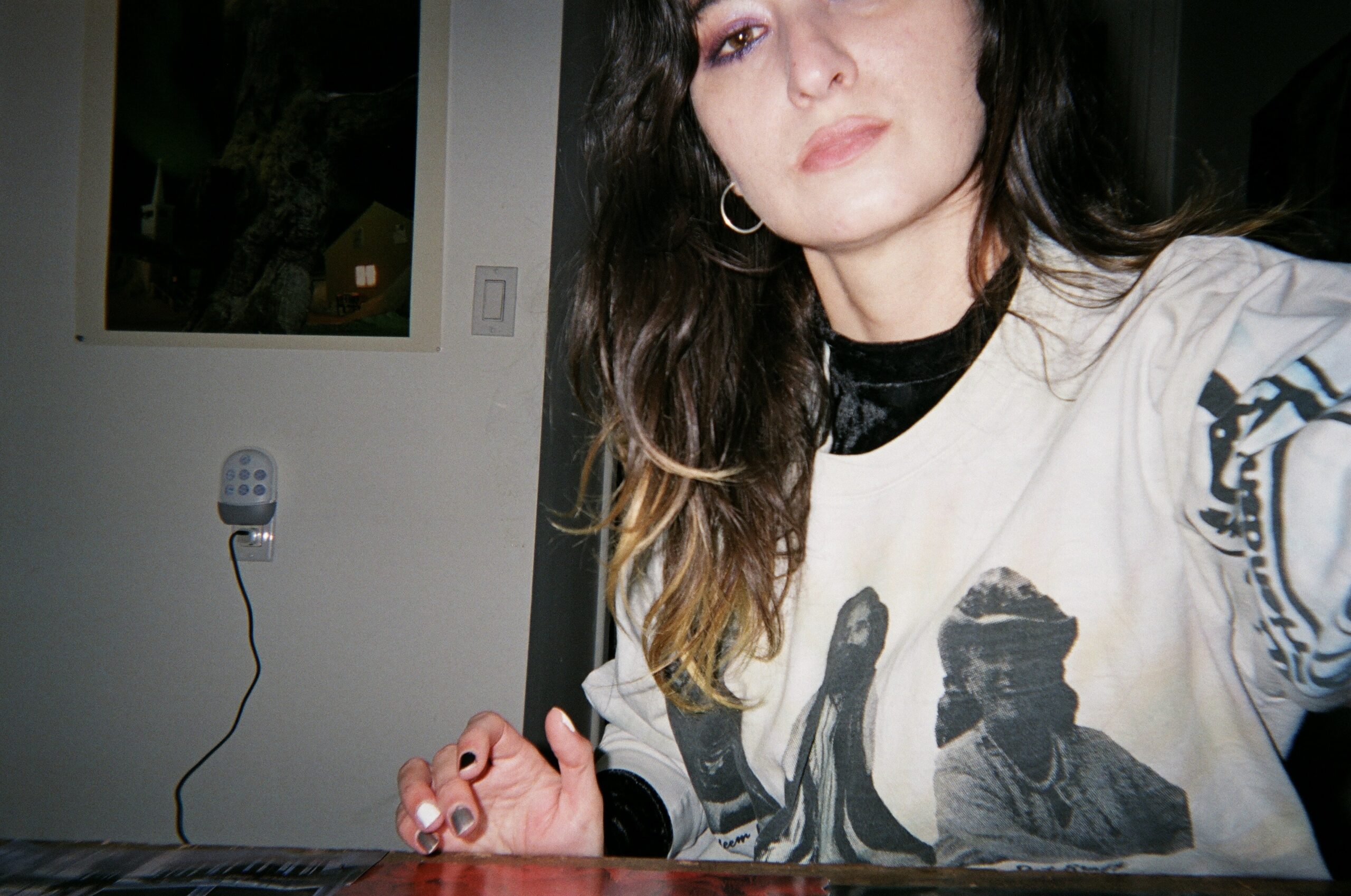
Here I am back at home, behind my long desk, ready to plunge deep. Before I start working on a “song collage”, I will read through lyrics to be aware of themes to look out for. Much of this album is about exploring concepts of freedom and change – internal, external, in all directions. What I like about music and visual art is the way they can express what words can’t, so I am also on the lookout for images that convey the wordless meaning of a song.
All that said, I just found a collage I made a few years ago that has an uncanny relationship with a song I wrote two months ago, they were made for each other. That kind of thing happens quite a bit. Sometimes art can play tricks with the space time continuum.
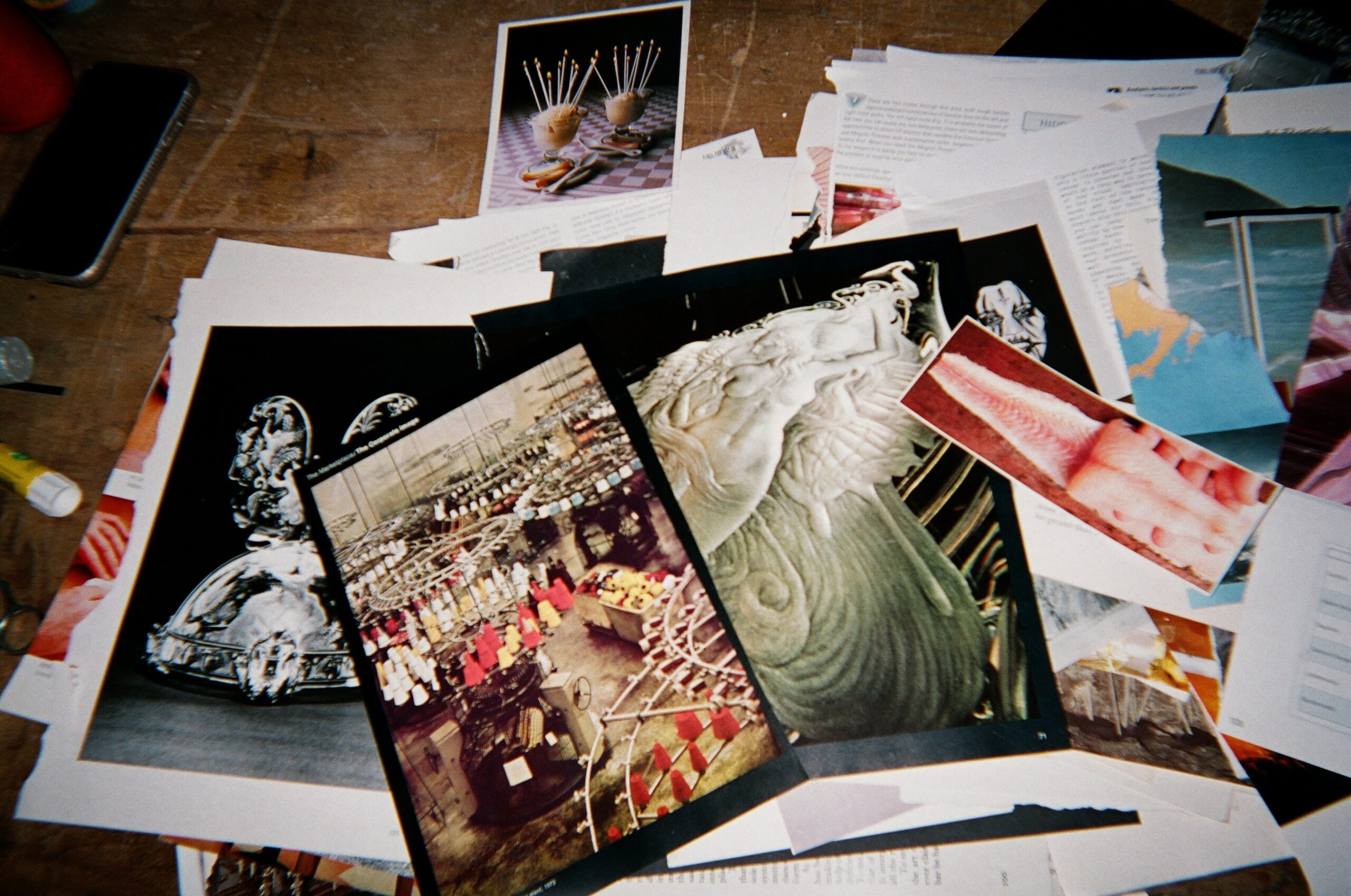
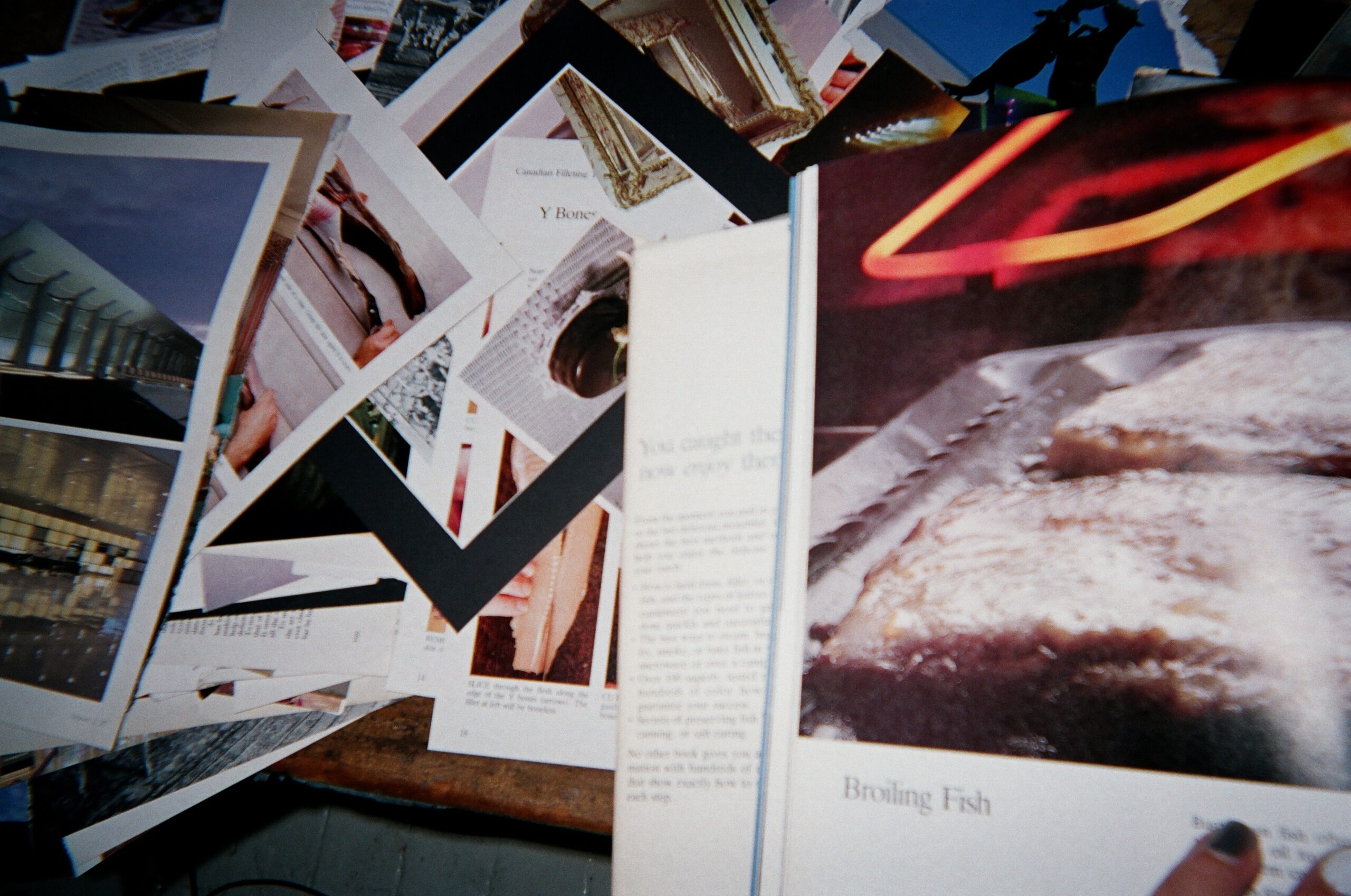
Here are some of the “song collages” I’ve made so far. The first two collages are about contemplation as a passage to transformation or petrification. The last two look at hope and control.
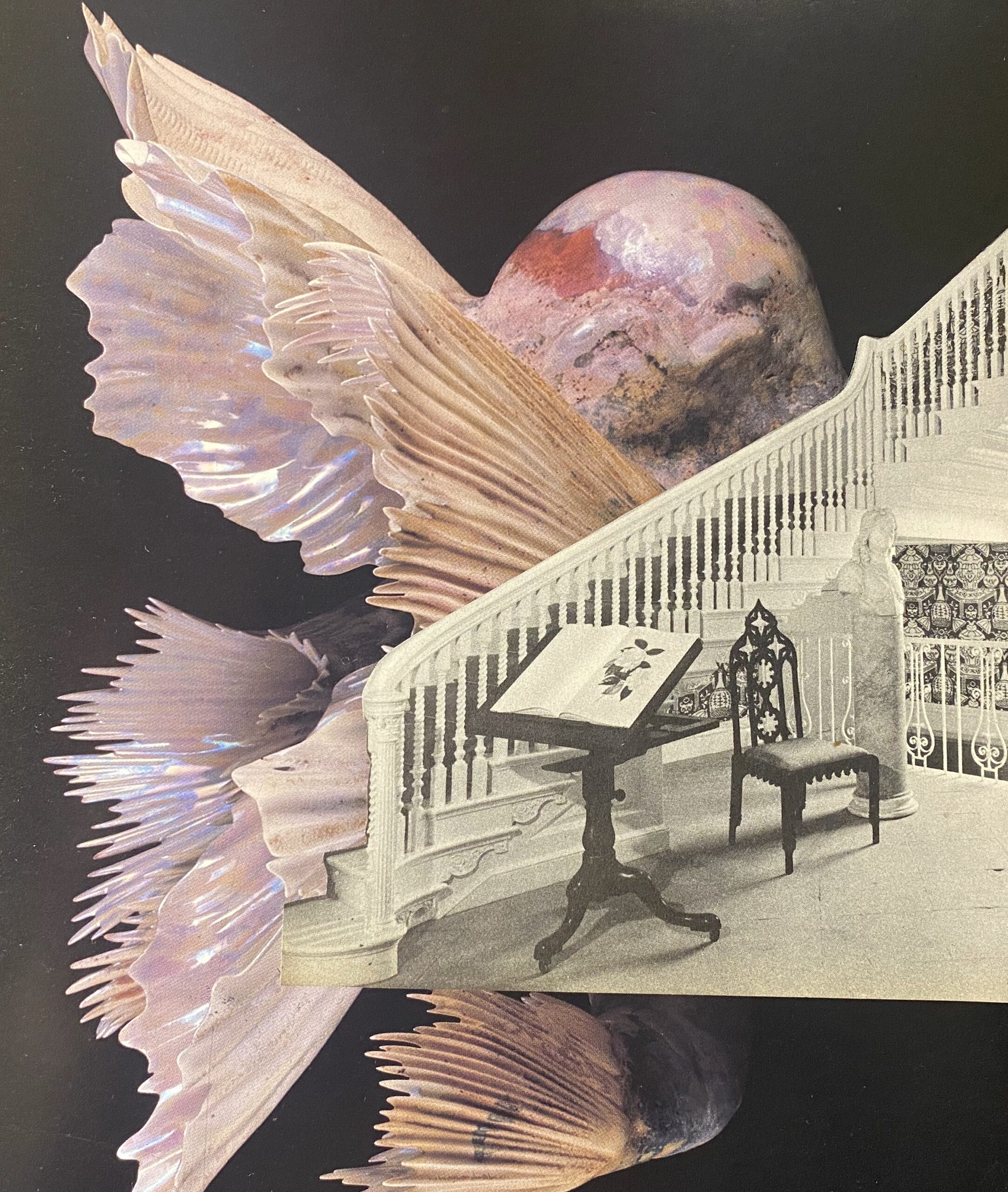
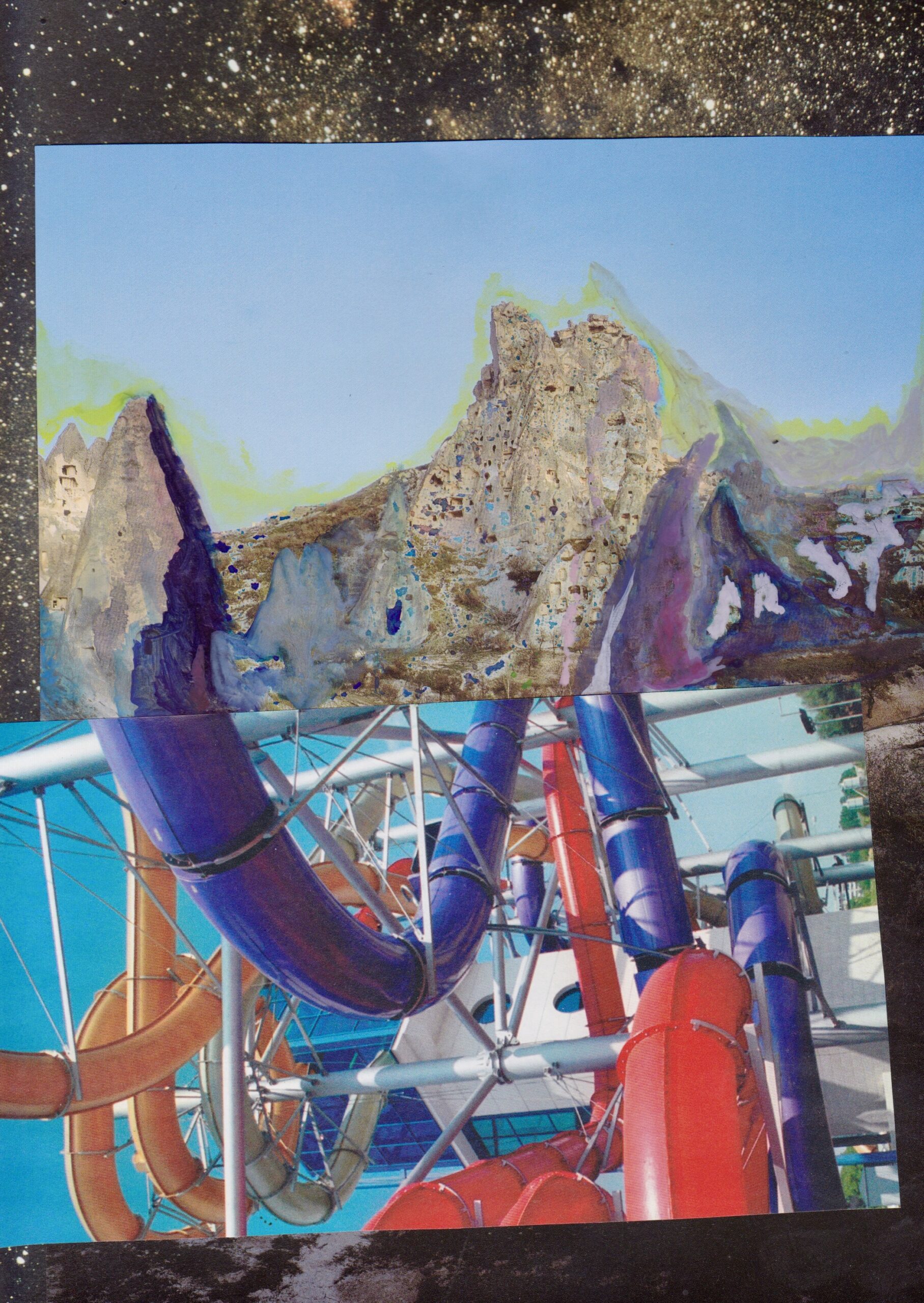
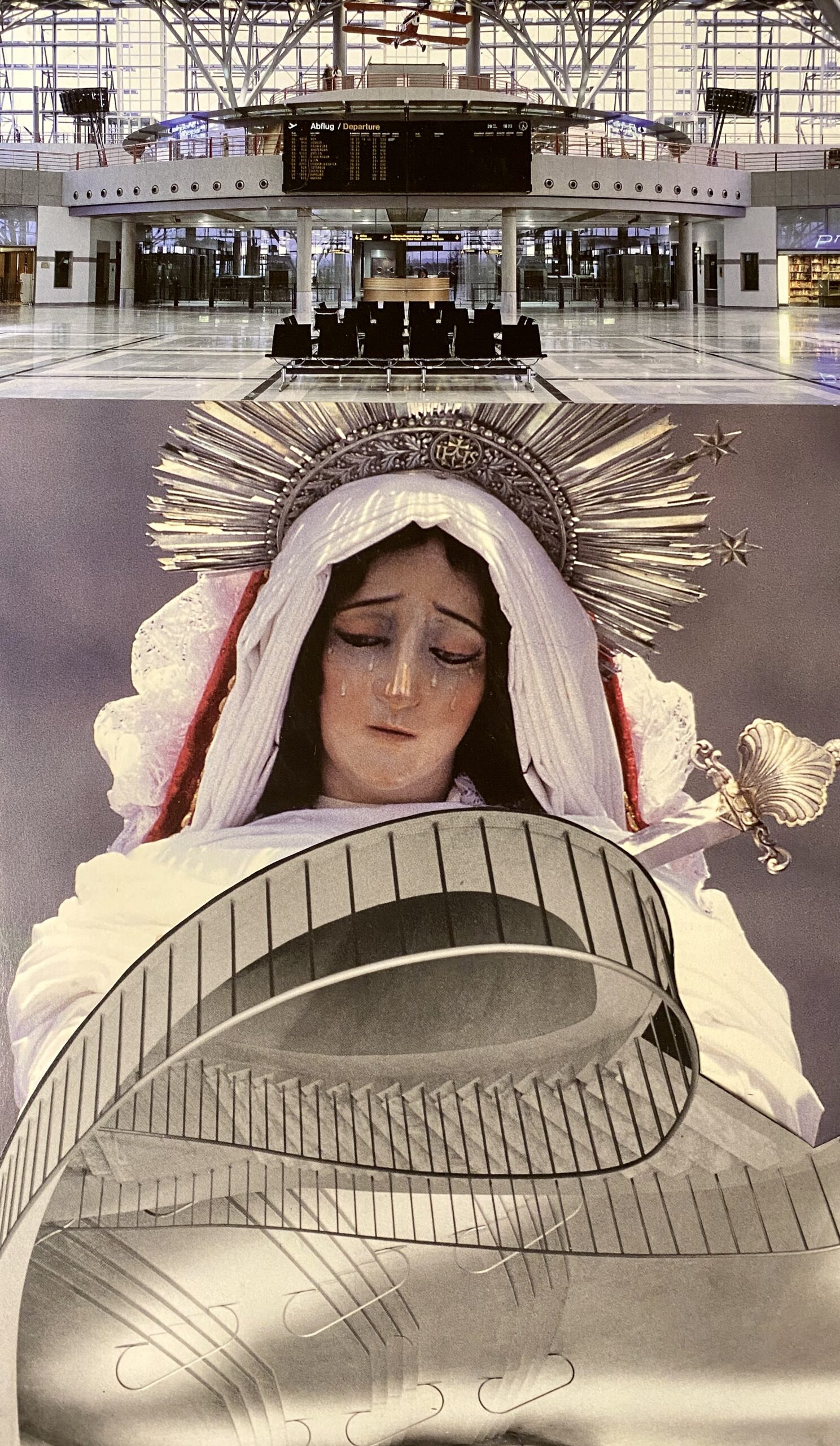
It’s interesting how the metaphoric meaning of an image can change over time, presented in a new context, or after certain historical events happen.
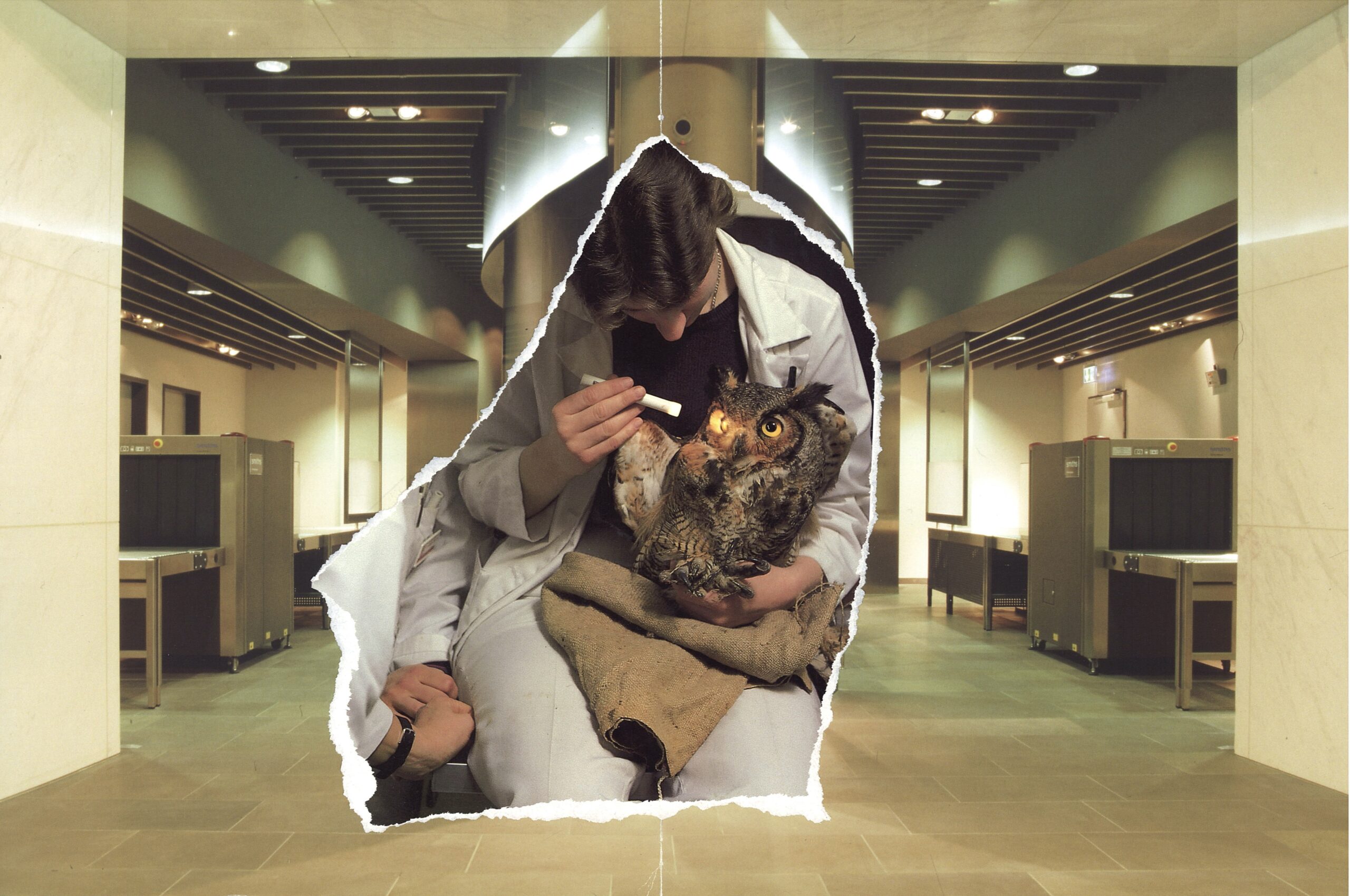
I started working on this collage series just before the pandemic, and I was really drawn to exploring the idea of airports – as a transitional space that can bridge the world, but also as a highly controlled environment. During the pandemic, however, images of airports have taken on a whole new set of associations, bringing up feelings of national confinement, and representing potential portals of infection. So, looking at those collages now, they make sense in a different way.
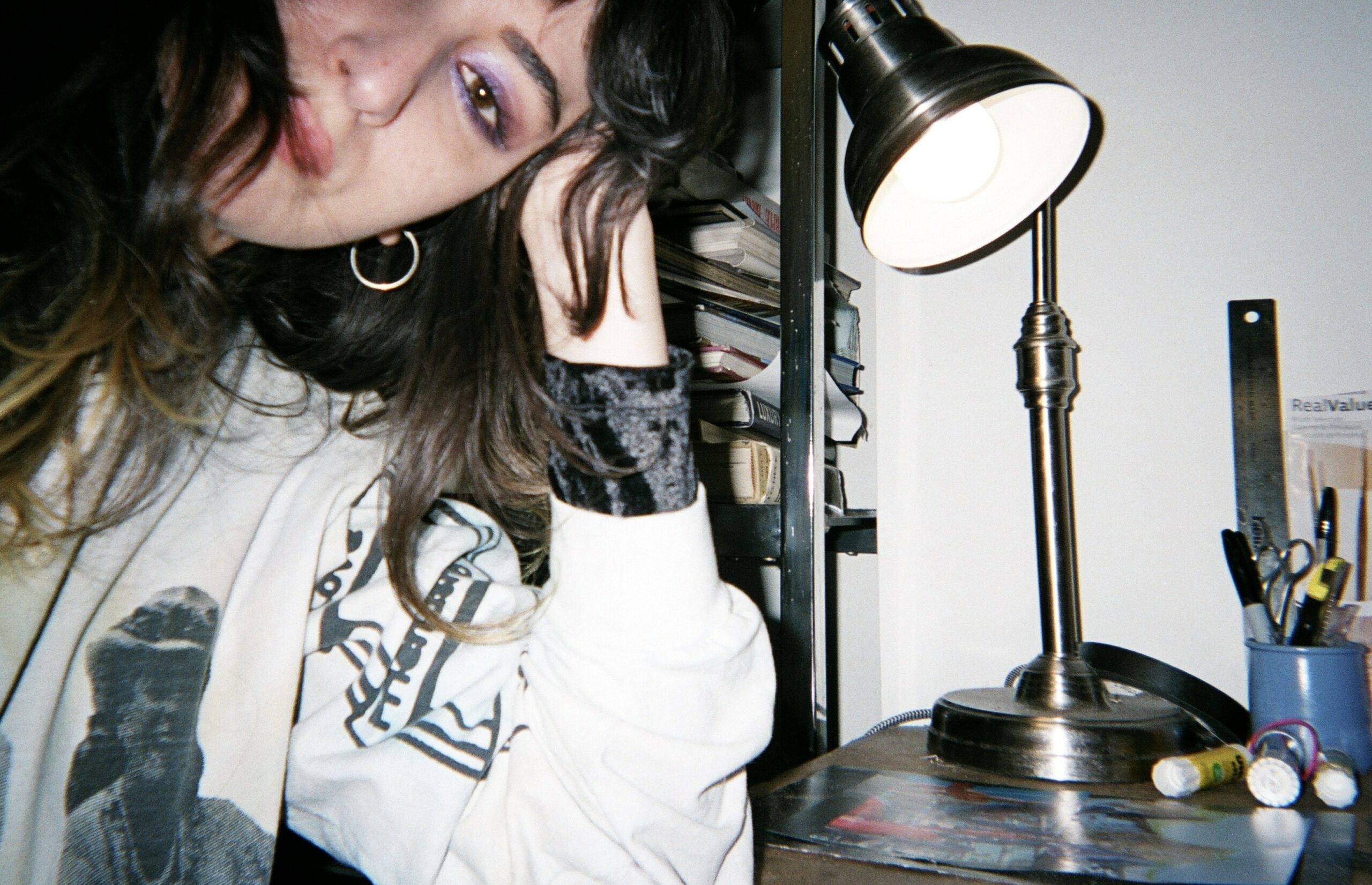
See more of Jasmine Golestaneh’s work on her website
and listen to the latest from Tempers below:
